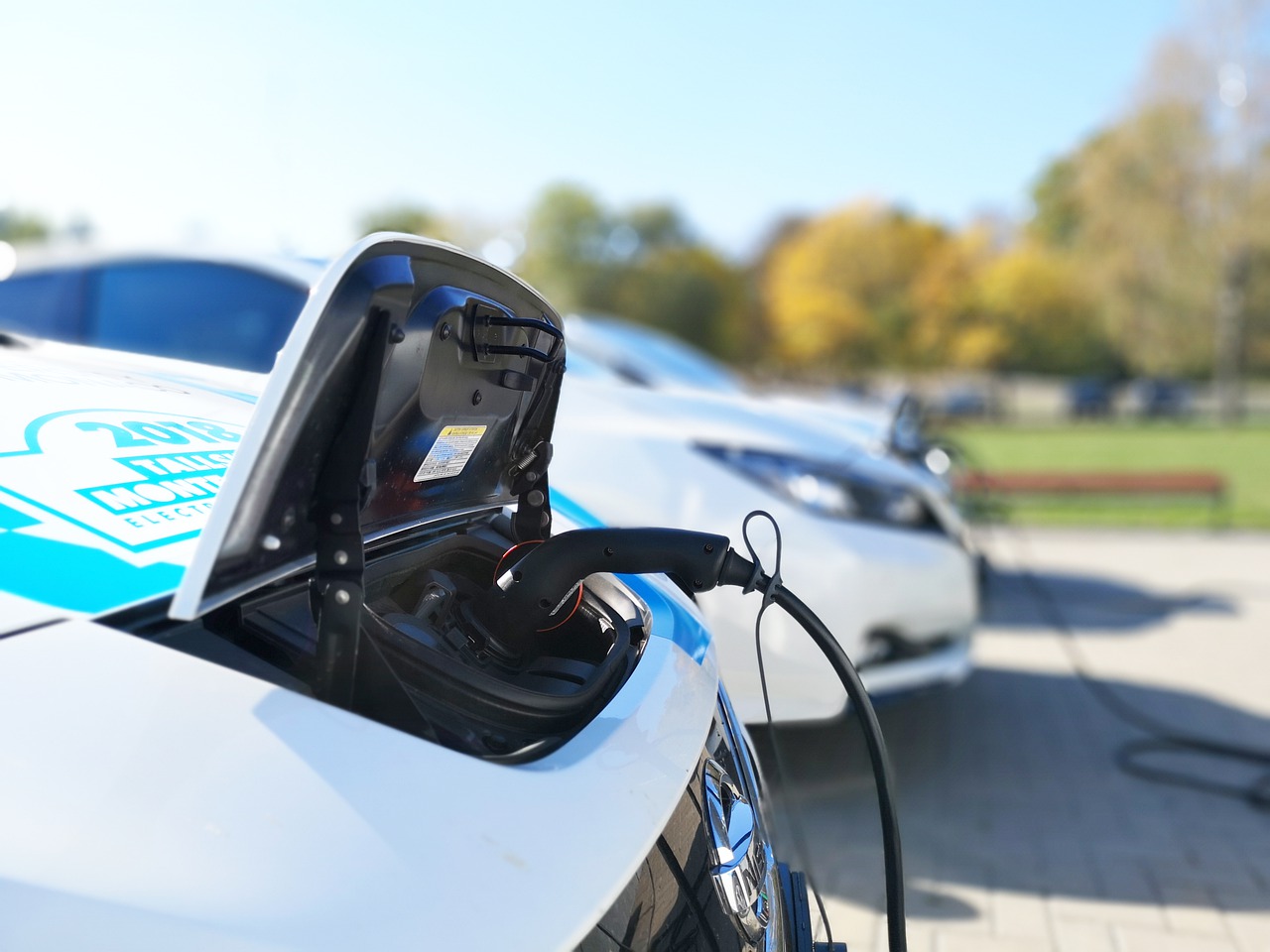EV car batteries that zoom the streets today will inevitably and gradually see their capacity degrade, as they work hard to move the passengers around for years, going through hundreds of charging cycles. With so many of them out there, it is clear that we need a plan on what to do with aging cells and what re-purposing or recycling possibilities could be feasible for the industry.
Some ideas include to:
- Use them in charging stations that rely on renewable energy sources.
- Combine them into large arrays and use them for powering industrial equipment.
- Use them in homes or buildings to increase energy autonomy or create an emergency powering system.
- Use them in small and versatile solar projects.
- Dismantle them and retrieve about 5% of their original value in materials.
The problem with all of the above is that they are not enough to absorb the massive numbers that we expect to see in a few years. Sales of EV are exploding right now, and in ten years, we will be drowning in used cells. At this moment, there isn’t an extensive recycling industry in place, and neither is there a central re-purposing/retrofitting program that is underpinned by specific safety standards.
The batteries that come out of older EV cars are typically still holding 80% of their original capacity, but they are obviously a lot more prone to explosions and fires during charging, especially if their specs aren’t respected. It is a complex landscape filled with different designs, requirements, and technical quirks, so handling these cells in bulk is practically impossible.
Some fear that automakers will simply discard the lithium-ion cells into the environment, as recycling them isn’t as simple as it is for lead-acid batteries. Indeed, VW, Nissan, and Renault, are all actively seeking to make deals with waste-management companies that promise to follow environment-respecting disposal methods, so they aren’t very interested in the prospect of “Second Life” programs.
Image source: Image by Nerijus jakimavičius from Pixabay
Article Source: Wonderful Engineering






